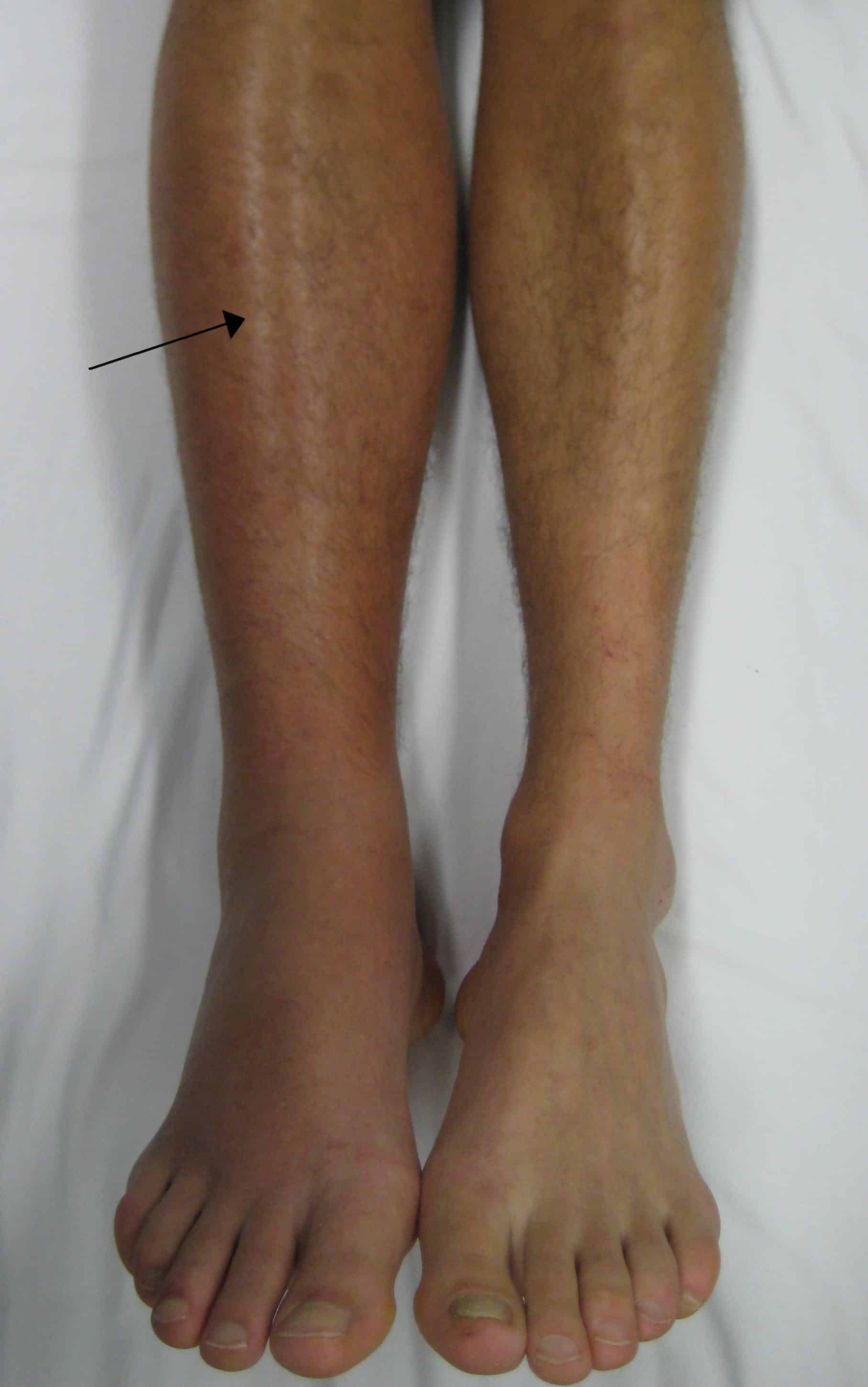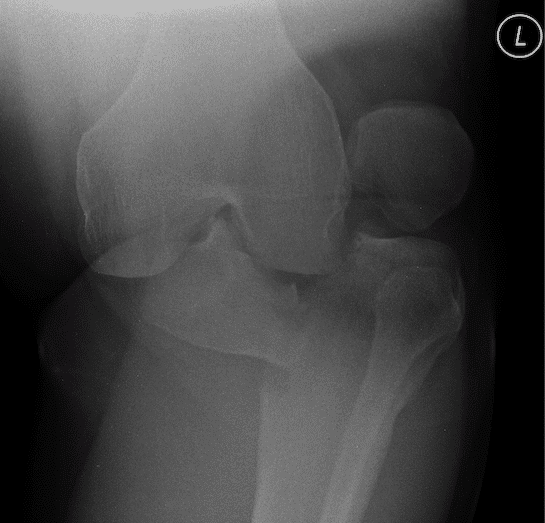The acutely painful limb is a challenging presentation due to a wide variety of potential diagnoses of varying severity and clinical states.
Undertaking a focused history and examination will aid in establishing the underlying cause. We will look at common scenarios in which an acutely painful limb can present, in turn aiding the clinical decisions and investigations required.
Presentations
Cold and Pale
Any acutely painful limb that is cold and pale should be treated as acute limb ischaemia until proven otherwise, and is a surgical emergency.
Acute limb ischaemia is classically associated with the 6 Ps (Pain, Pallor, Pulselessness, Paresthesia, Perishingly cold, and Paralysis), however most patients will only initially present with Pain, Pallor, and Pulselessness, before the subsequent features develop.
Examine the contralateral limb as well, as any patient with a full complement of pulses in one leg and nil in the symptomatic leg warrants urgent intervention. Ask for any risk factors for potential underlying causes, such atrial fibrillation, hypertension, smoking, diabetes mellitus, or recent myocardial infarction
If acute limb ischaemia is suspected, a CT angiogram should be arranged if feasible for confirmation and anatomical delineation, along with an urgent vascular review.
Acute limb ischaemia is a surgical emergency as irreversible tissue damage occurs within six hours; patients should be sufficiently resuscitated and started on IV heparin whilst decisions for definitive versus conservative treatment are made.

Figure 1 – The arterial supply to the posterior leg, via the popliteal artery and branches
Hot and Swollen
A sudden onset hot and swollen limb in most cases requires assessment for potential Deep Vein Thrombosis (DVT). The pain is often localised to the calf, associated with calf tenderness or firmness*(Fig. 2).
Patients may have a history or family history of pro-thrombotic disease, with associated recent immobility or surgery. Any suspected DVT requires a Wells’ score to be calculated, those scoring ≥1 requiring an ultrasound Doppler scan (otherwise can be excluded with a D-Dimer).
If confirmed, they can be treated initially with therapeutic doses of Low-Molecular Weight Heparin (LMWH), before being swapped to a Direct Oral Anticoagulant (DOAC) if suitable, typically for 3-6 months. Those with an iliofemoral DVT with severe symptoms require urgent vascular review.
Other causes of hot and swollen painful limbs include cellulitis and other MSK-related infections (albeit commonly their onset is typically more subacute), which require varying preparations and length of antibiotics.
*However, if the whole leg is swollen then an iliofemoral DVT may be present causing phlegmasia cerulea dolens (blue leg) or alba (white leg)

Figure 2 – A DVT in the right leg, resulting in it becoming red and swollen
Traumatic
Trauma* needs to be considered in patients with an acutely painful limb, as many injuries may go unreported with vague histories (especially in elderly patients or safeguarding cases).
If a fracture is suspected, check for focal bony tenderness and inability to weight-bear, and have a low-threshold for radiological imaging.
*Any significant or high-velocity trauma requires a completely different approach and is beyond the scope of this article
Neurological
Neurological pathology may present with acutely painful limbs and should always be a consideration with every patient, regardless of age and past medical history.
Radiculopathies will be typically associated with back pain that radiates to the affected area and is worse on movement, as well as potential muscle weakness, paraesthesia, and altered reflexes.
Other neurological causes of acute limb pain are vast, categorised into central (such as Multiple Sclerosis), spinal (such as disc herniation), and peripheral (such as infective or traumatic causes).
Assessment
When clinically assessing the patient with the acutely painful limb, an accurate history and examination can point to the diagnosis without any further investigations.
Ensure to ask about associated symptoms and previous episodes, past medical history or specific risk factors, and any associated trauma.
Ensure that you perform full vascular and neurological examinations, comparing the contralateral limb as a comparison.
Investigations and Management
All patients should be approached in a systematic fashion and haemodynamically stabilised as early as necessary. Early recognition of the red flags is key, and ensure documentation of neurovascular status at the initial clerking.
If acute limb ischaemia is suspected, CT angiography is typically indicated if deemed potentially treatable, with early involvement of the vascular surgeons as this is time critical. Most other causes can be treated with more time and focus.
Definitive management is diagnosis specific, however routine bloods (including Group & Save if necessary) and sufficient analgesia should be standard for all patients.
Key Points
- The list of differentials for an acutely painful leg is vast
- Identify any red flags present early and ensure the patient is haemodynamically stable as a priority
- Early involvement of the vascular team if acute limb ischaemia is suspected
- Ensure routine tests and sufficient analgesia is provided for all patients admitted with acutely painful limb

